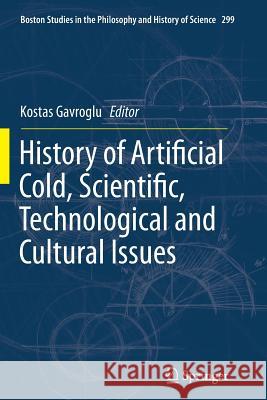History of Artificial Cold, Scientific, Technological and Cultural Issues » książka
topmenu
History of Artificial Cold, Scientific, Technological and Cultural Issues
ISBN-13: 9789402400168 / Angielski / Miękka / 2016 / 288 str.
Kategorie:
Wydawca:
Springer
Seria wydawnicza:
Język:
Angielski
ISBN-13:
9789402400168
Rok wydania:
2016
Wydanie:
Softcover Repri
Numer serii:
000454060
Ilość stron:
288
Waga:
0.42 kg
Wymiary:
23.39 x 15.6 x 1.6
Oprawa:
Miękka
Wolumenów:
01
Dodatkowe informacje:
Wydanie ilustrowane











